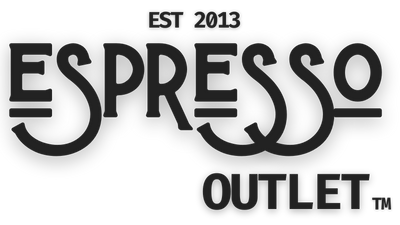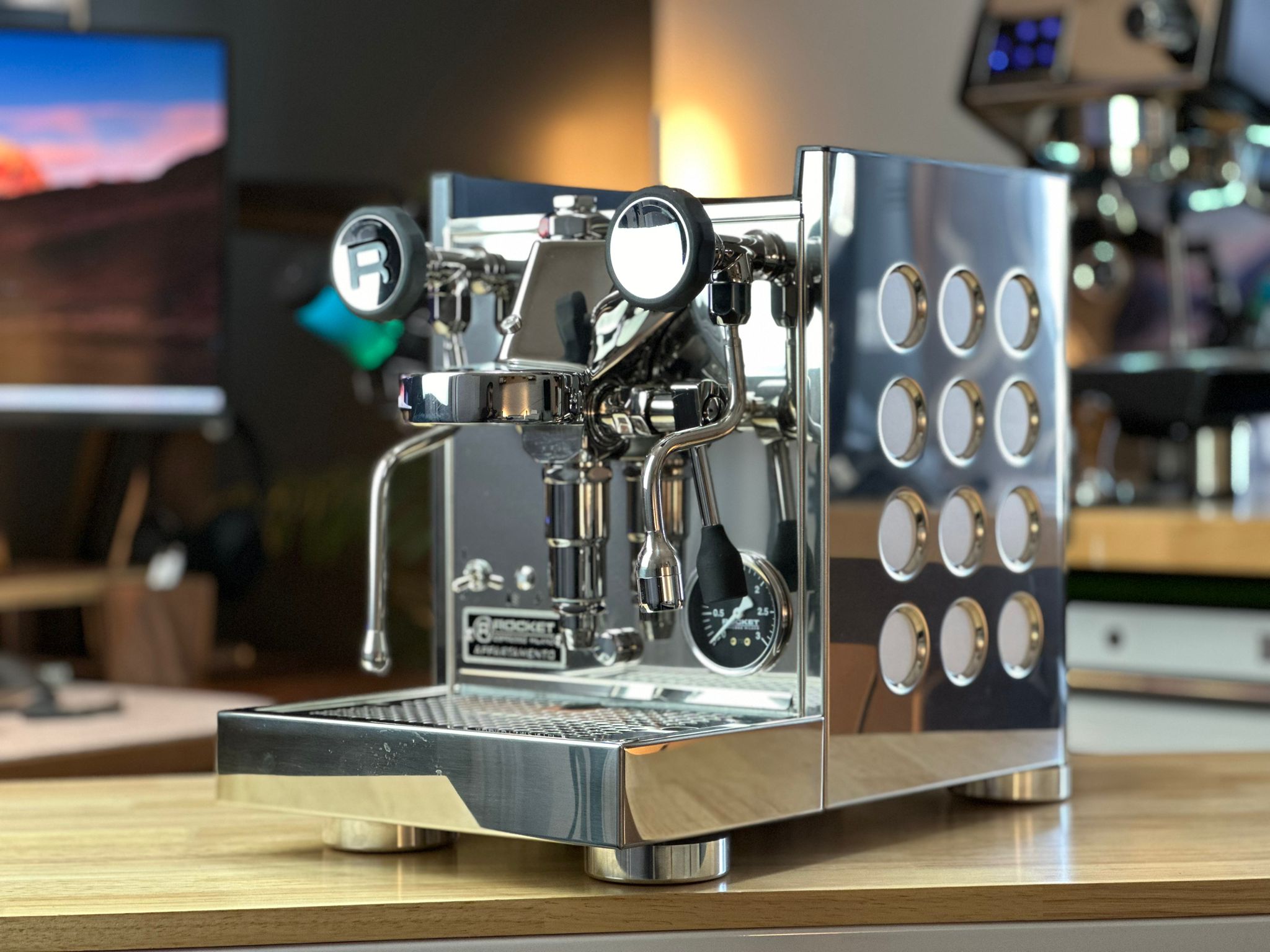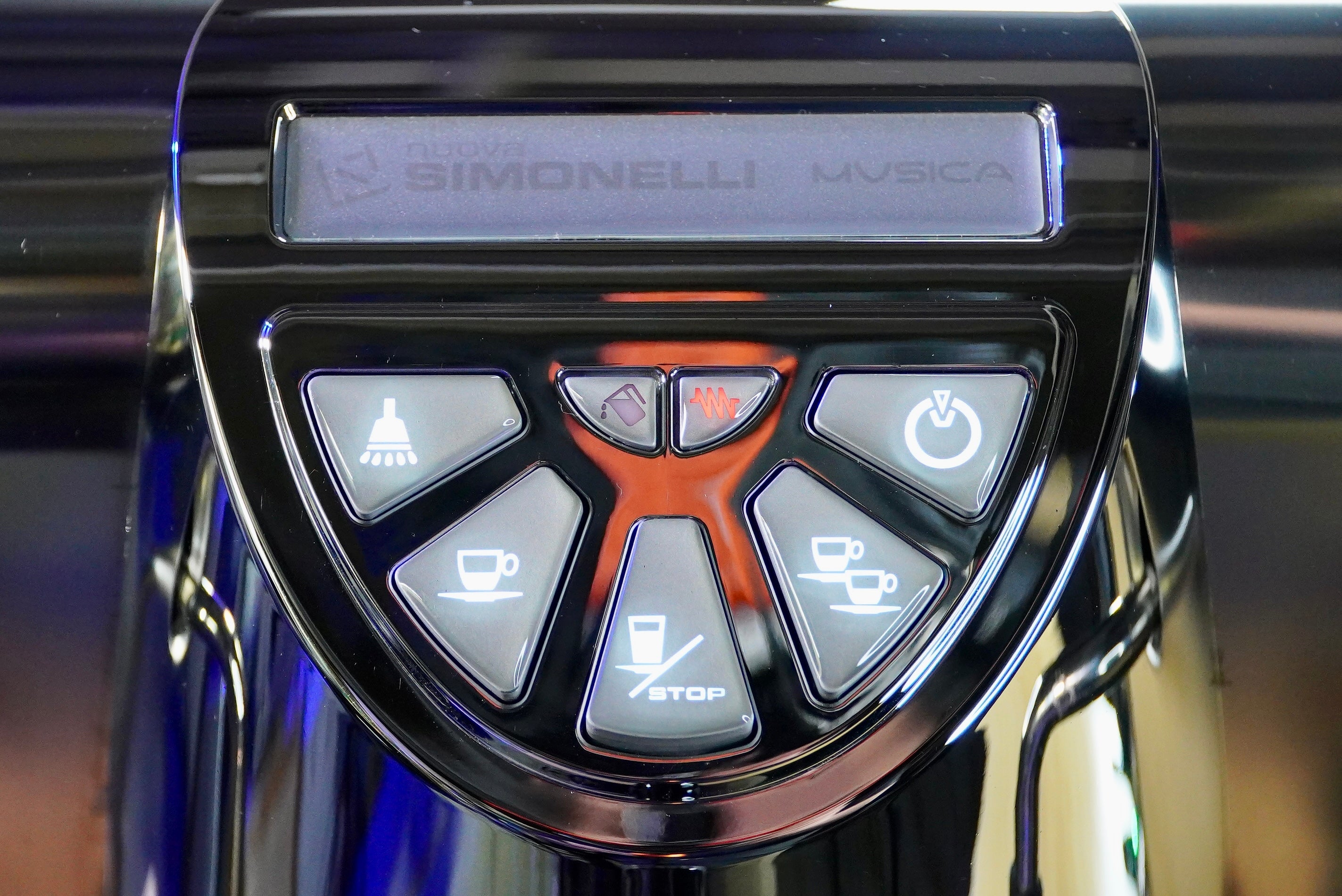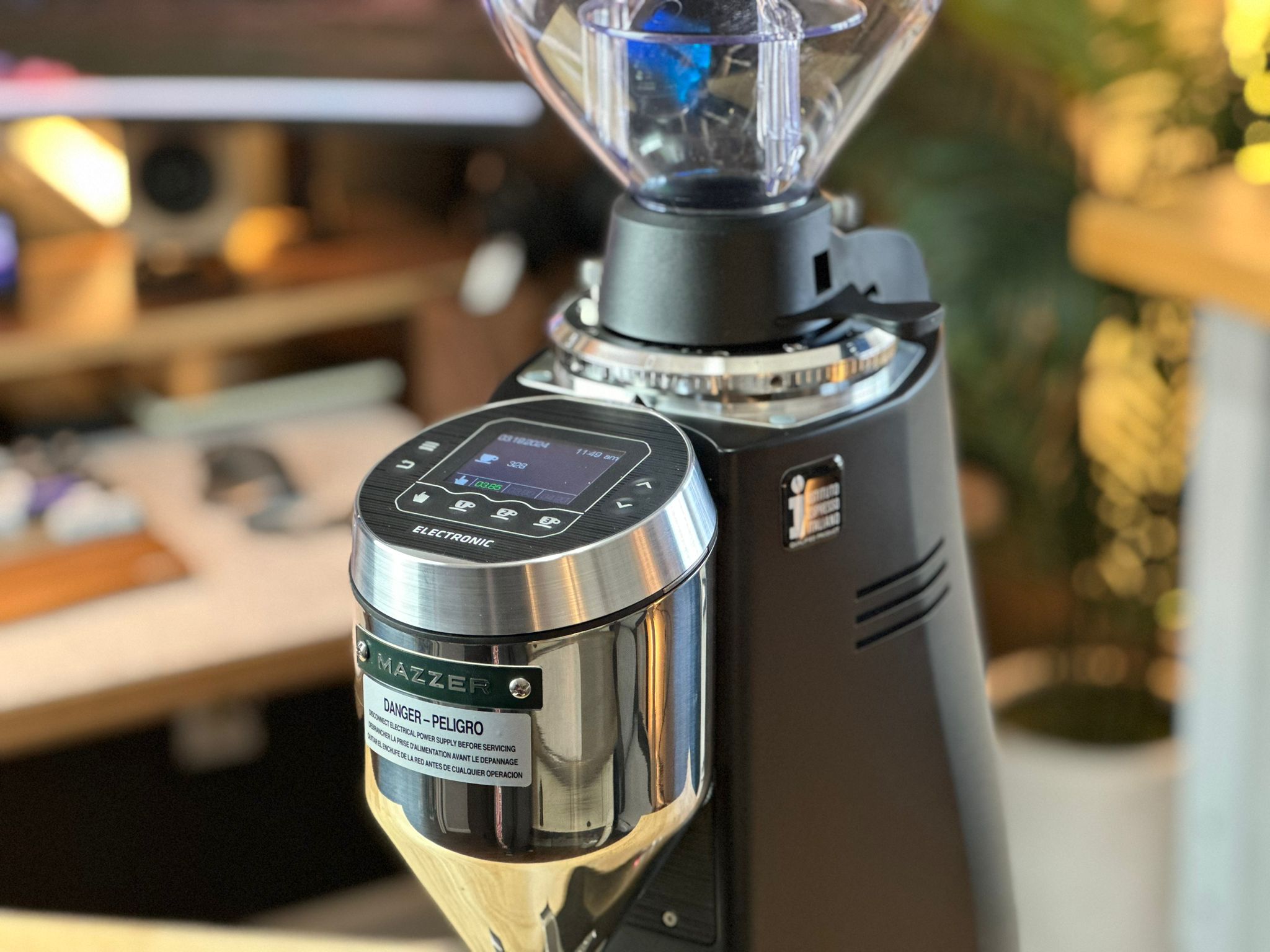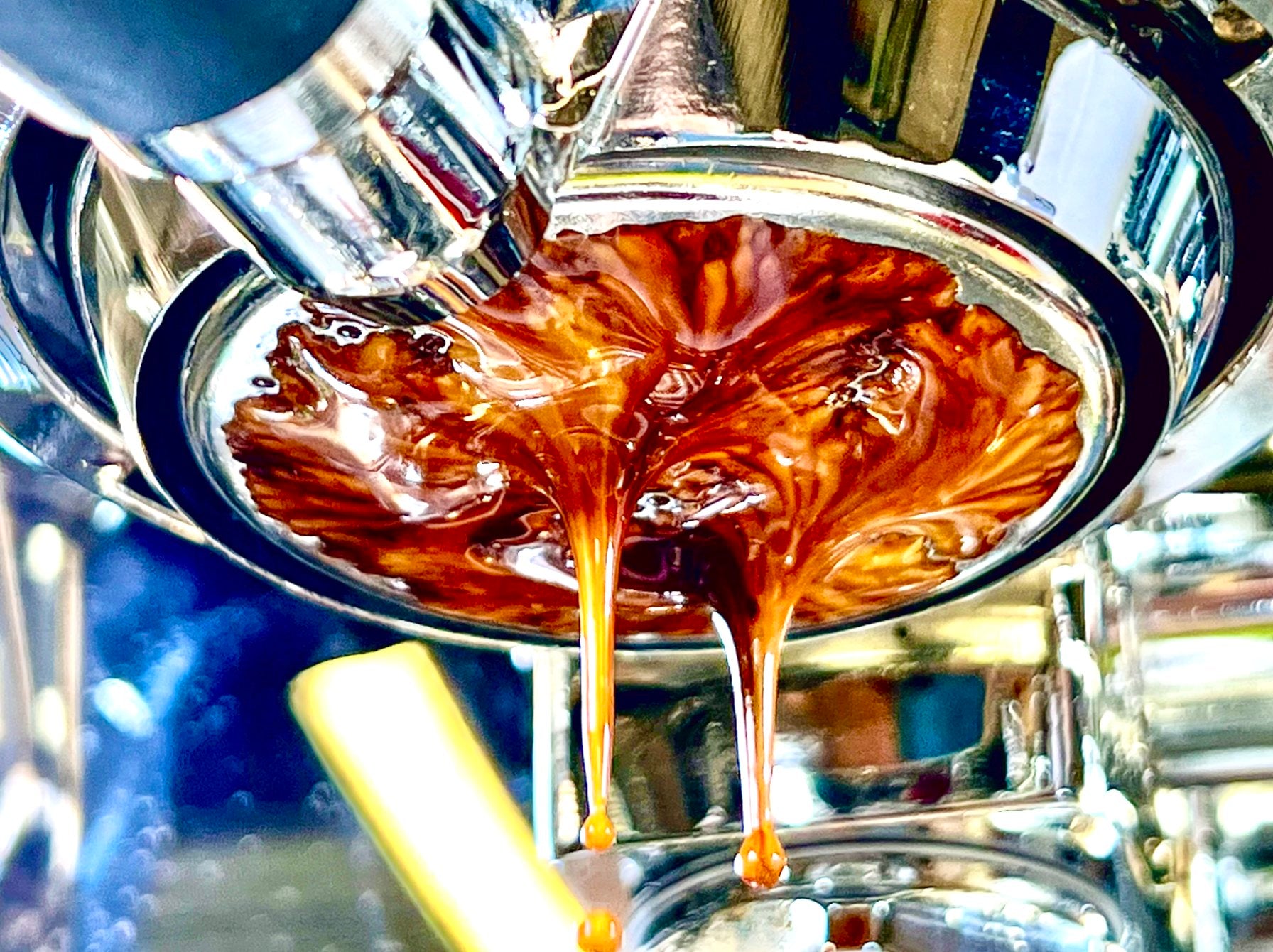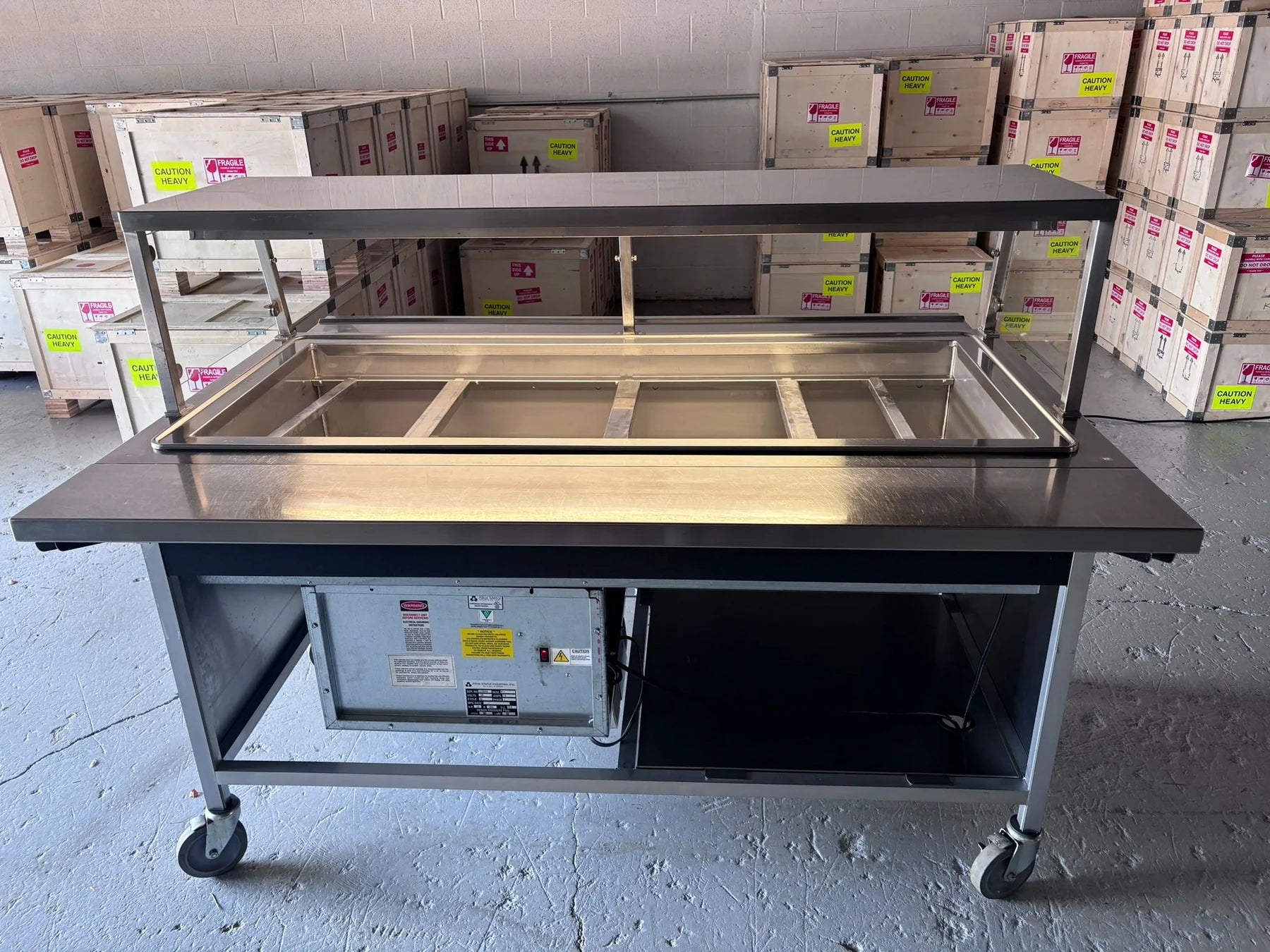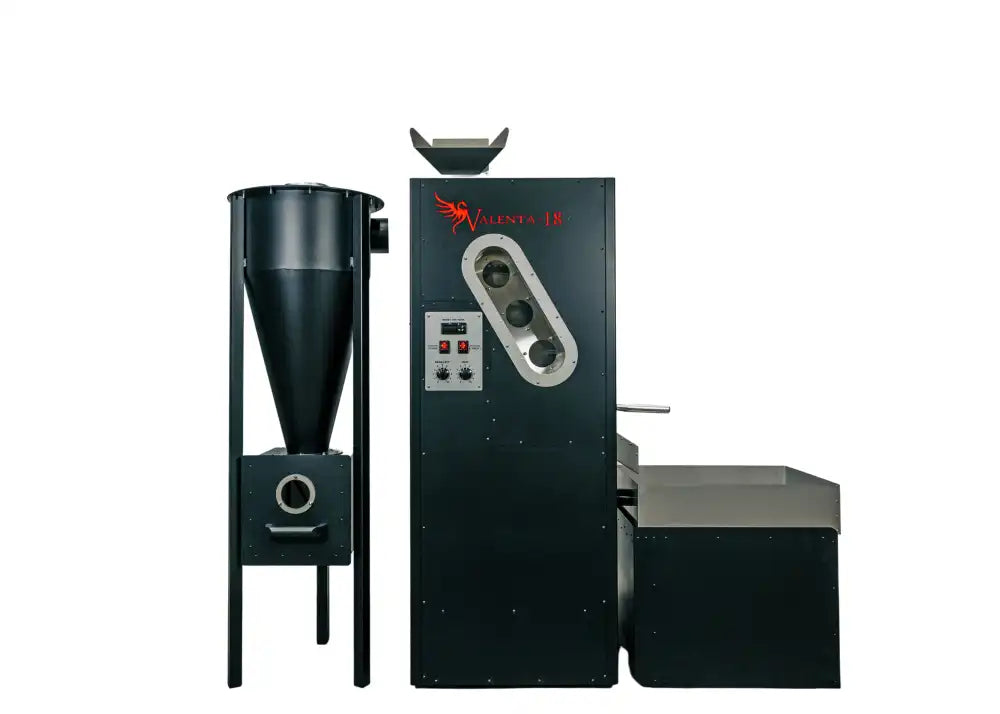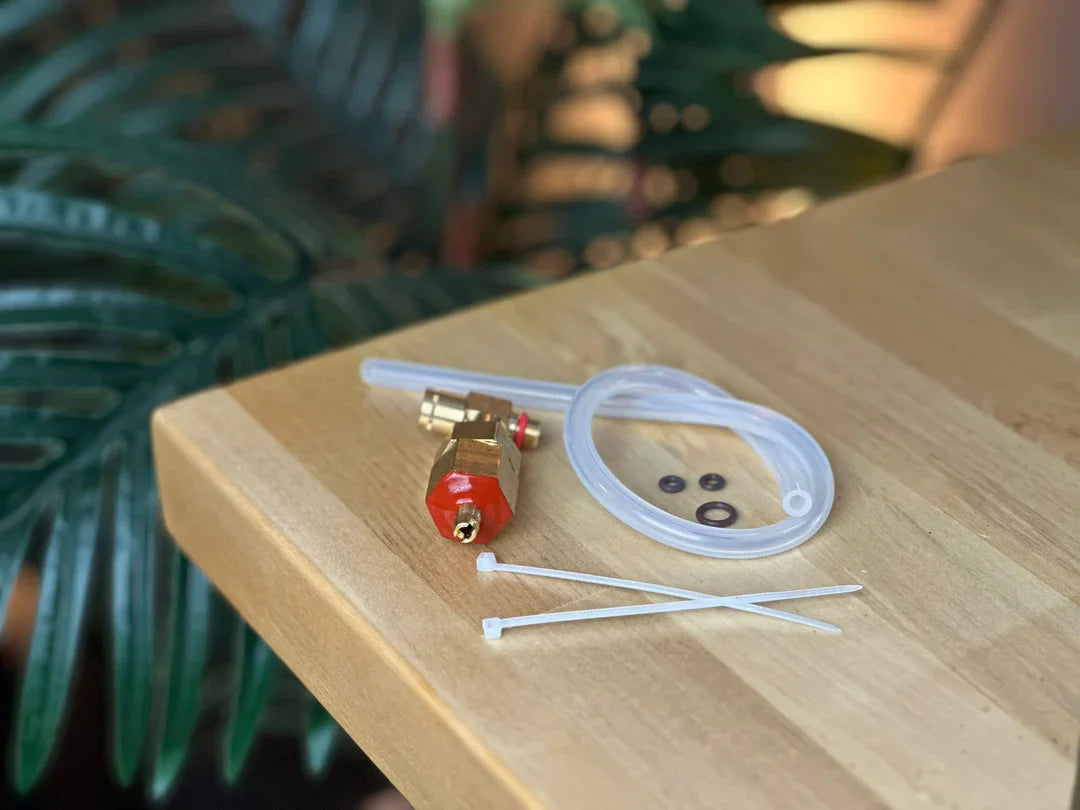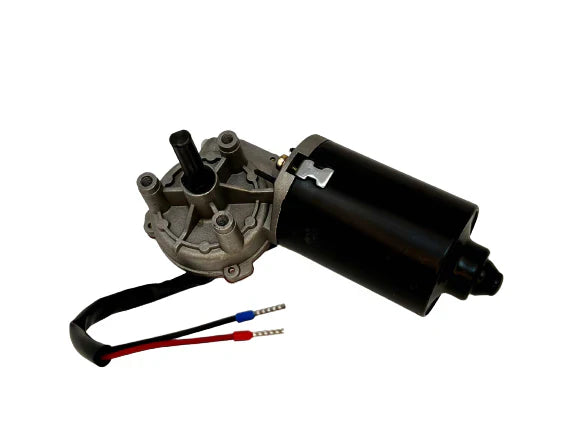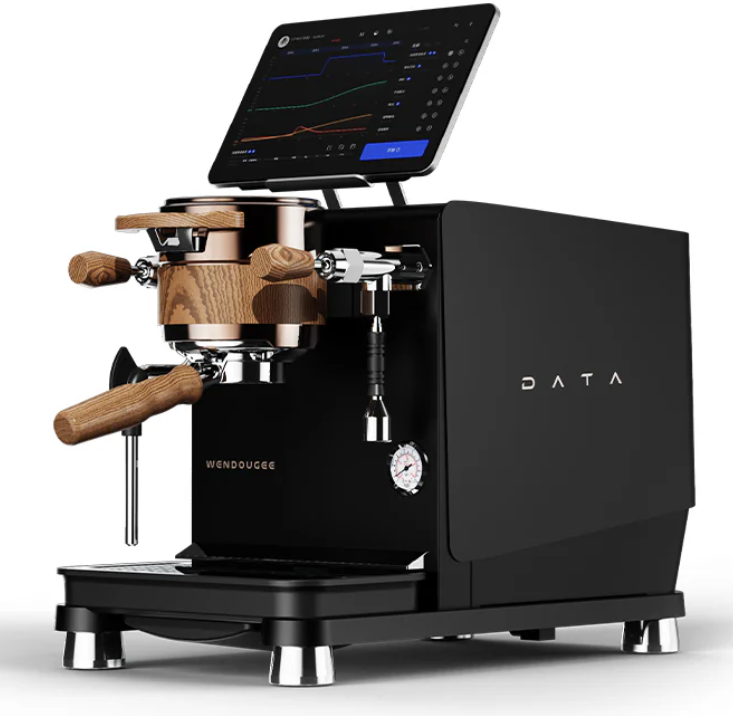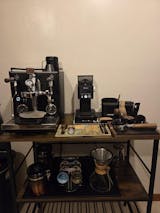Best Milk for Microfoam?
The best milk for creating microfoam depends on the balance of proteins, fats, and sugars in the milk, which all contribute to its foaming ability, texture, and flavor. In general, whole milk is considered the best for microfoam due to its combination of fat and protein, but different types of milk offer distinct properties. Here’s a breakdown of various milk types and their suitability for creating high-quality microfoam:
1. Whole Milk (3.25% Fat) - Best Overall
-
Why it's the best: Whole milk is often considered the ideal milk for microfoam because its fat content helps create a creamy, rich texture, while its protein content stabilizes the foam and contributes to a silky, smooth mouthfeel.
-
Texture: Whole milk produces a velvety, rich foam that’s perfect for lattes and cappuccinos. The higher fat content allows for glossy microfoam that blends well with espresso, creating a creamy and balanced drink.
-
Flavor: It adds natural sweetness and creaminess to the drink without overpowering the coffee. The fats and sugars in whole milk also caramelize slightly when steamed, enhancing the overall flavor.
-
Ideal For: Lattes, flat whites, cappuccinos, and drinks where you want a rich, creamy mouthfeel.
2. 2% Milk (Semi-Skimmed Milk) - Great for a Lighter Texture
-
Why it's good: 2% milk contains less fat than whole milk, resulting in a lighter microfoam that still maintains some creaminess. The lower fat content means the foam will be slightly lighter and less creamy, but the milk still retains enough protein to create stable microfoam.
-
Texture: 2% milk creates foam that is lighter than whole milk, but still dense and stable enough for latte art. It’s a good balance for those who want some richness without the full creaminess of whole milk.
-
Flavor: Slightly less rich than whole milk, but still offers a nice balance of sweetness and creaminess. The foam is smoother and not as thick as whole milk.
-
Ideal For: Cappuccinos, lattes, or those who want a lighter milk texture but still want some creaminess.
3. Skim Milk (Fat-Free Milk) - Best for Frothy Foam
-
Why it works: Skim milk has almost no fat content, but it is high in proteins, which are key to creating foam. The lack of fat allows for more frothy, voluminous foam. However, it won’t have the same richness as whole or 2% milk.
-
Texture: Skim milk creates large, frothy bubbles rather than the smooth, silky microfoam you get with whole milk. It’s ideal for cappuccinos, where a lot of foam is desirable, but not as suitable for lattes or flat whites, which require a creamier texture.
-
Flavor: Skim milk has less sweetness and richness compared to higher-fat milks, and the foam tends to be drier and less creamy. The flavor can also be more neutral or even slightly watery in comparison to whole milk.
-
Ideal For: Cappuccinos, or for people who want a lighter foam without the added calories or fat.
4. Oat Milk - Best Non-Dairy Option for Microfoam
-
Why it’s popular: Oat milk is one of the best non-dairy alternatives for creating microfoam because it contains natural sugars and a relatively high fat content (for a plant-based milk), which helps create a creamy, stable foam similar to whole milk.
-
Texture: Oat milk produces thick and creamy microfoam, similar to 2% milk. It is capable of producing a glossy microfoam that’s great for latte art.
-
Flavor: Oat milk has a naturally sweet, neutral flavor that pairs well with espresso, without overpowering the coffee’s taste. It also caramelizes well when steamed, adding a sweet, slightly nutty flavor.
-
Ideal For: Lattes, flat whites, and those who prefer plant-based milks with good microfoam consistency.
5. Almond Milk - Good for Foam, But Can Be Tricky
-
Why it’s tricky: Almond milk can create foam, but it is more difficult to work with because it tends to separate or form larger bubbles. It lacks the proteins and fats needed to create a stable microfoam, so it can result in thinner or more watery foam.
-
Texture: When steamed properly, almond milk can produce foam, but it will generally be lighter and less creamy than dairy milk. Some barista-formulated almond milks are fortified to improve foam quality.
-
Flavor: Almond milk has a distinct nutty flavor that can sometimes overpower the espresso. It works best with flavored lattes, like vanilla or chocolate, where the nutty taste complements the drink.
-
Ideal For: Those who prefer non-dairy alternatives and don’t mind a lighter, nutty foam.
6. Soy Milk - Good Non-Dairy Option, but Prone to Curdling
-
Why it’s popular: Soy milk is one of the most common non-dairy milk alternatives and can produce a relatively stable foam due to its higher protein content.
-
Texture: Soy milk creates a decent microfoam but can sometimes be unstable and prone to curdling when mixed with espresso. Specialized barista soy milk formulas help improve its foaming properties.
-
Flavor: Soy milk has a slightly beany flavor that can stand out in espresso drinks. Some people prefer flavored soy milk, like vanilla, to mask this taste.
-
Ideal For: Non-dairy drinkers who like the richer texture of soy milk, particularly for lattes and cappuccinos.
7. Coconut Milk - Challenging for Microfoam
-
Why it’s challenging: Coconut milk is low in protein and can be difficult to foam properly. It tends to create larger, unstable bubbles and does not integrate well with espresso.
-
Texture: Coconut milk creates a thin foam with a watery texture. Some barista-specific coconut milks are formulated to improve foaming, but they are still less reliable than oat or soy milk.
-
Flavor: Coconut milk has a strong coconut flavor, which can overpower the taste of the espresso. It is best suited for tropical or flavored drinks.
-
Ideal For: Specialty drinks, like flavored lattes or people who enjoy the distinct taste of coconut with coffee.
Comparison of Different Milks for Microfoam
| Type of Milk | Fat Content | Protein Content | Foam Texture | Best For | Flavor |
|---|---|---|---|---|---|
| Whole Milk | 3.25% | Moderate | Creamy, rich, smooth | Lattes, cappuccinos, flat whites | Creamy, naturally sweet |
| 2% Milk | 2% | Moderate | Lighter, slightly frothy | Lattes, cappuccinos | Slightly less creamy, still sweet |
| Skim Milk | 0% | High | Frothy, large bubbles | Cappuccinos, light foamed drinks | Less creamy, sometimes watery |
| Oat Milk | Varies (2-4%) | Moderate | Creamy, glossy microfoam | Lattes, flat whites (non-dairy option) | Naturally sweet, slightly nutty |
| Almond Milk | Varies (1-2%) | Low | Light foam, not creamy | Flavored lattes (non-dairy) | Nutty flavor, sometimes overpowering |
| Soy Milk | Varies (2-3%) | Moderate | Stable but prone to curdling | Lattes, cappuccinos (non-dairy) | Beany flavor, neutral |
| Coconut Milk | Varies (~2%) | Low | Thin, unstable foam | Flavored lattes, tropical drinks (non-dairy) | Strong coconut flavor |
Conclusion: Best Milk for Microfoam
- Whole milk is the best option for microfoam, offering a creamy texture, stable foam, and rich flavor that complements espresso perfectly.
- Oat milk is the best non-dairy milk for microfoam, offering good texture and stability while being naturally sweet and easy to work with.
- 2% milk provides a slightly lighter alternative to whole milk, while skim milk is good for those who prefer frothy foam with less creaminess.
- Other non-dairy milks like soy and almond milk can also create foam, but they tend to be more challenging and less reliable for producing high-quality microfoam.
Ultimately, the best milk depends on personal preference and dietary needs, but whole milk remains the gold standard for creating that perfect velvety microfoam.
